Can We Talk About Carbon Copy Paper?
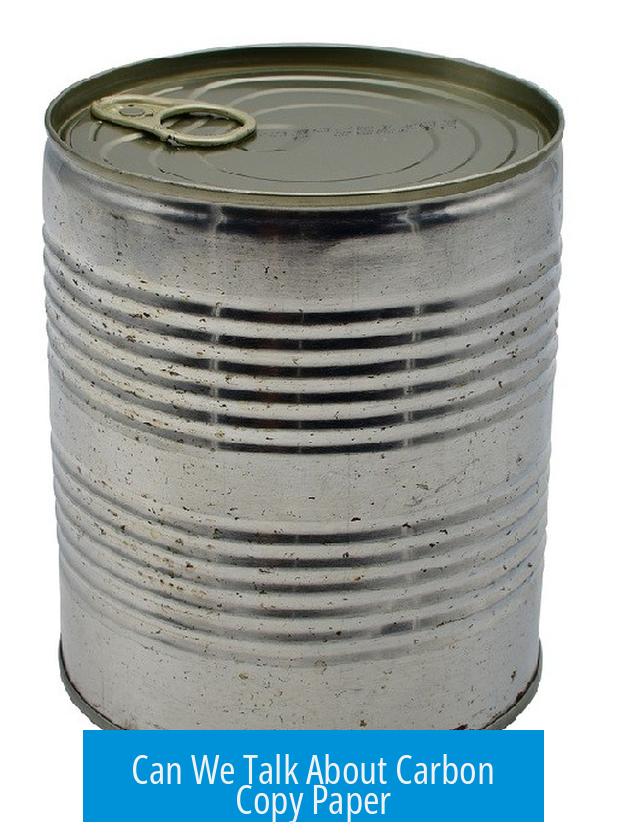
Carbon copy paper serves as a practical tool for creating duplicate records by transferring writing or typing from one sheet to a subsequent copy, widely used before digital duplication became prevalent.
Historical Role of Carbon Copy Paper
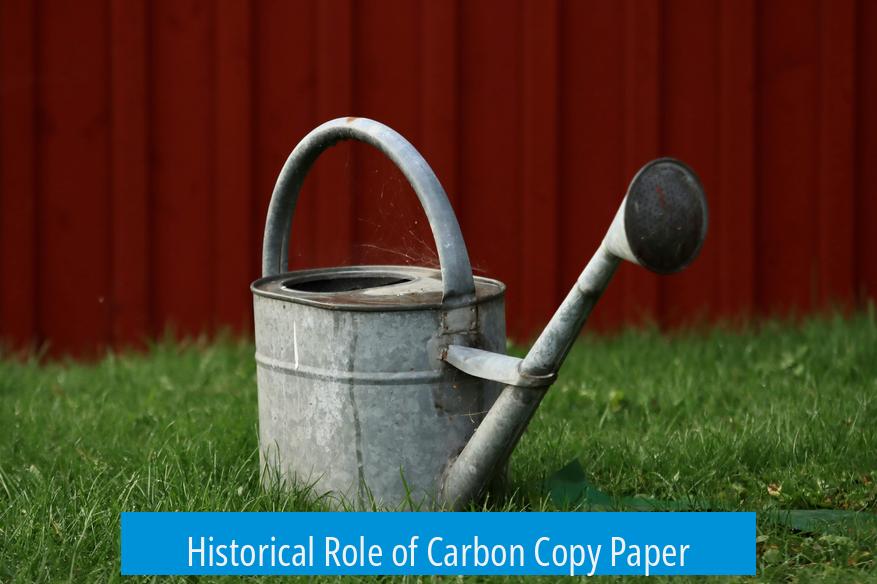
Until the 1960s, carbon paper was the primary method for making copies without retyping documents. For example, in 1968, thesis drafts were often created with carbon paper to produce duplicates efficiently before widespread photocopier availability.
The process involved placing a sheet coated with a material reactive to pressure between the original and copy, allowing text to imprint on the second sheet. This mechanical-chemical interaction enabled real-time duplication during writing or typing.
Carbon Copy Paper in Laboratory Settings
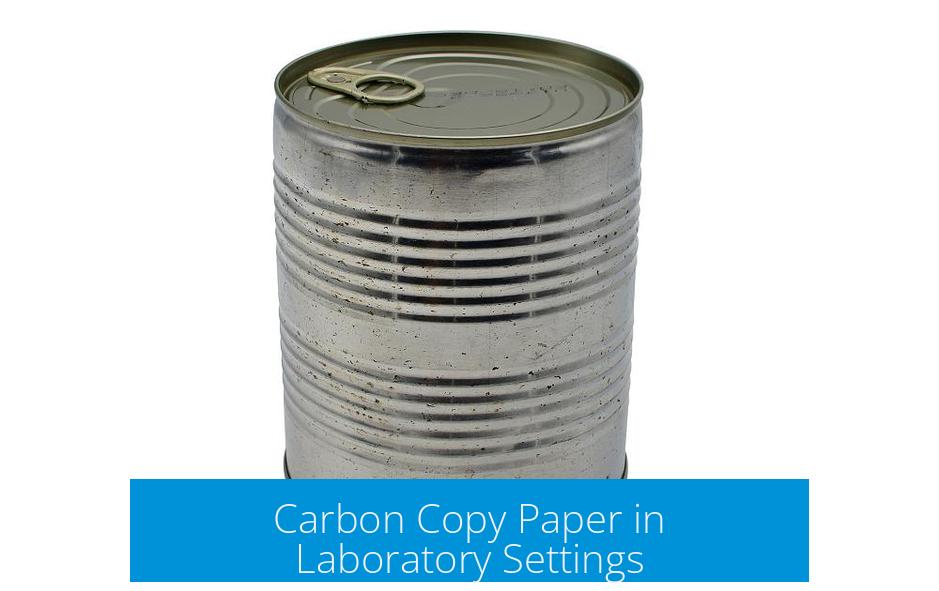
Duplicate-entry lab notebooks commonly use carbon or carbonless paper to generate immediate copies. These copies can be retained securely, preserving an original record and deterring unauthorized alterations, particularly in industrial research environments.
- Undergraduate labs required carbon copies to submit one version and keep another.
- Graduate research shifts to typed documentation, reducing reliance on physical duplicates.
Modern Availability and Usage
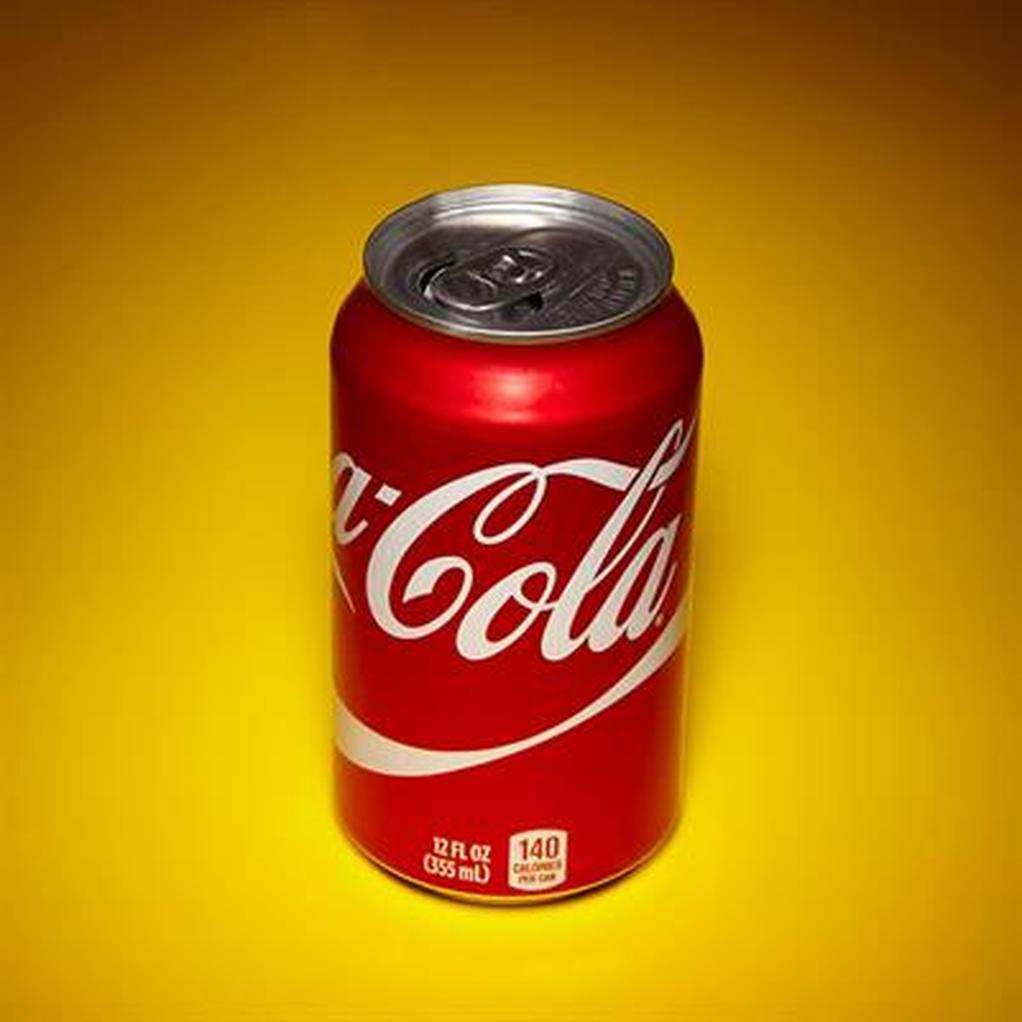
Carbon paper has become scarce and is seldom found in regular office stores. Its tendency to smudge and create messes contributed to declining use. Instead, carbonless paper—using micro-encapsulated chemicals to transfer impressions—remains in limited use with cleaner handling.
Industrially, carbon copies or evidence-preserving notebooks were valued for legal and patent-related purposes. Some professionals relied on them to verify timelines or maintain enforceable records. Digital records now dominate this domain, but remnants of carbon copy usage persist in select sectors.
Mechanism of Carbon Copy Paper
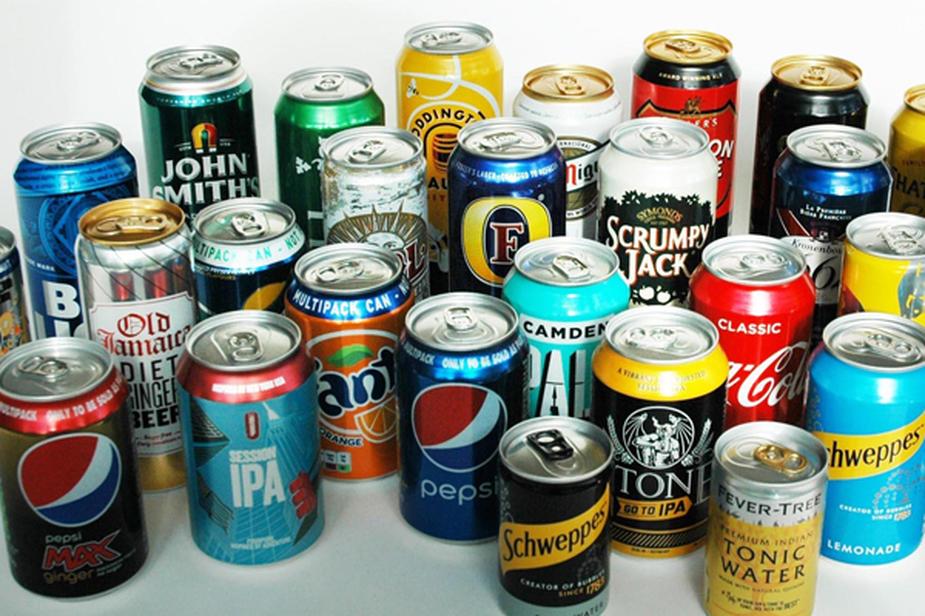
The key function involves a chemical reaction or physical transfer between the carbon-coated back of the original sheet and the surface of the receiving sheet. Pressure from writing breaks microcapsules or transfers pigment, creating a copy. Variants exist depending on the paper type.
Key Takeaways
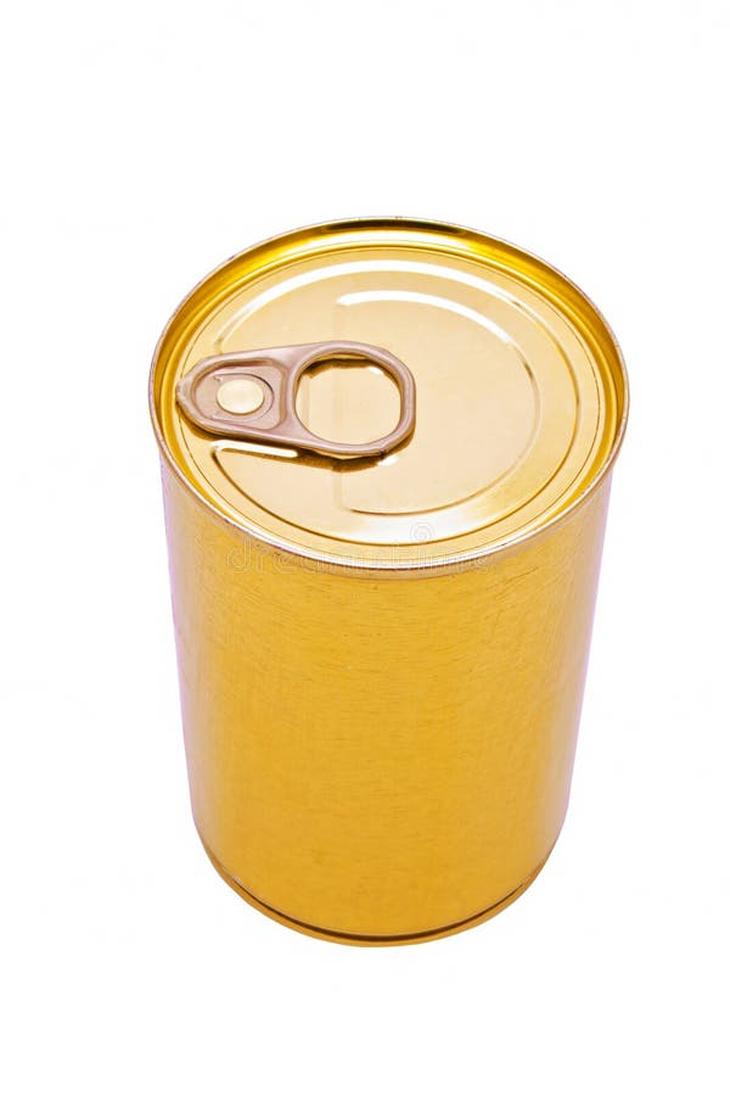
- Carbon copy paper historically enabled immediate duplicates through pressure-activated chemical reactions.
- Widely used pre-1960s; replaced largely by photocopiers and digital tech today.
- Still found in duplicate-entry lab notebooks to prevent note alteration and keep records.
- Carbonless versions reduce mess, but traditional carbon paper is rare and messy.
- Used in industry and legal contexts for preserving original, dated records, though digital records now dominate.
Can We Talk About Carbon Copy Paper?
Carbon copy paper seems like a relic from a past era, but it still ticks along quietly in some corners of the world. While most of us have long abandoned its messy charm for digital alternatives, there’s more to this humble sheet than meets the eye. Ever wondered how it works or why anyone would still use it? Hang tight; this story scratches beneath the surface.
The carbon copy paper you think of—the dark, smudgy sheets that leave ink-like impressions—has a fascinating past and some surprising modern roles. Let’s dive into why it mattered, how it works, where it’s still used, and a few personal tales that remind us just how indispensable it once was.
From the Lab Notebook to Patent Protection: The Many Hats of Carbon Copy Paper
First off, carbon paper’s star role pops up in lab notebooks. Scientists, especially in industrial research, have relied on it for duplicate entries. Rather than relying on shaky memory or digital files, they keep their original notes and a carbon copy in a secure spot. This system discourages sneaky post-hoc note tampering. Imagine trying to forge or alter lab results and failing because the duplicate’s sitting safely downstairs!
Undergraduate students have long bulked up on carbonless carbon paper for their lab books. It’s a classic “give a copy to the marker and keep one for yourself” hack. Losing a lab book copy? No sweat; the carbon copy’s your backup hero. Graduate students, however, often shift to digital notes or typed manuscripts, reducing the need for carbon duplicates as they publish or prepare theses.
A Trip Down Memory Lane: Carbon Paper in the Pre-Photocopier Era
Before the 1960s, carbon paper was literally the only practical method to copy documents. Photocopiers were a pipe dream for most. Picture this: typing out a draft with five carbon papers beneath to get six identical copies in one go. This is how things rolled before the magic of digital printing.
A personal anecdote highlights the ordeal. Back in 1968, a diligent student typed their thesis drafts using carbon paper duplicates. They circulated one copy while carefully preserving the original. When the photocopier finally entered the scene at the Medical School, the student made six copies in just two hours—a record compared to the grueling week it would have taken typing with multiple carbons. The photocopier rendered carbon paper almost obsolete overnight.
Why Is Carbon Paper on the Decline? And Why Do We Still Use Carbonless Paper?
These days, tracking down carbon paper requires detective skills. It’s rarely stocked in regular office supply stores anymore. Frankly, that’s a blessing because handling carbon paper is a messy affair. Say goodbye to clean hands! Black ink smudges stubbornly cling to everything nearby.
Enter carbonless paper—a modern, cleaner sibling. It works on a similar principle but lacks the mess. Instead of a separate carbon sheet, the paper itself contains micro-encapsulated dye or reactive clay layers. When pressure from the pen or typewriter hits, a chemical reaction forms the duplicate impression. No overt carbon dust, no smudging, just neat copies. Many labs and businesses prefer this version for ease.
How Does Carbon Copy Paper Actually Work?
The secret sauce lies in chemistry. Traditional carbon paper has a coating of pigmented wax or ink on the back. When you press down writing or typing on the top sheet, you transfer the pigment onto the sheet below, creating a copy.
Another method involves carbonless paper, where pressure breaks micro-capsules on the sheet, causing a chemical reaction with the adjacent layer. This reaction leaves a visible mark mimicking the original input. Science meets office supply—think of it as mini explosions of pigment that read as your handwriting on the duplicate.
Industry, Legal, and Forensic Use: More Than Just Nostalgia?
Carbon copy paper once found importance beyond labs and classrooms. Some industry sectors and forensic jobs valued it because carbon copies could serve as proof in legal cases. Having an original and a duplicate that both bear dated, handwritten evidence powered serious patent and intellectual property claims. Losing track of such documentation could cost a company millions—or a job.
However, skepticism has surfaced over how true this need still is. Many in academia have heard that using indistinguishable duplicates was once mandatory but likely an excuse to justify the expense of carbon copy notebooks. In reality, most companies have migrated to digital records, making actual carbon copies a rarity—but old habits and regulations die hard.
Practical Tips If You Find Yourself Using Carbon Copy Paper
- Handle with care: Keep a stack of clean sheets nearby to rub off stray smudges occasionally.
- Store copies wisely: Lock up duplicate pages to discourage tampering or loss.
- Go carbonless if possible: It’s less messy, better for the environment, and works just as well.
- Double-check dates and signatures: When using for legal or patent work, accuracy matters for proof.
The Carbon Copy Paper Legacy: Why Discuss It Now?
Why dedicate time to carbon copy paper in a world swimming in scanners and cloud backups? Because understanding this material links us to the evolution of record keeping, scientific rigor, and trust in documentation. It challenges us to appreciate the convenience of modern tools while respecting the care needed to maintain intellectual property in pre-digital times.
Plus, if you ever stumble on a carbon copy lab notebook, maybe in your grandparent’s attic or a dusty university archive, you’ll know the story behind those smudged sheets. Carbon paper is a reminder that even in simplicity—just a thin sheet with some pigment—lies a world of practical problem-solving brilliance.
So next time you hear “carbon copy,” think beyond the cliché. It’s a tale of science, persistence, industry, and a bit of ink-stained nostalgia.
What are the main uses of carbon copy paper in lab notebooks?
Carbon copy paper is used to make duplicate notes for safe storage. It helps prevent note alteration in industrial research. Undergraduates use it to keep a copy when handing in lab books.
How did people make multiple thesis copies before photocopiers?
Before photocopiers, carbon paper allowed typing duplicates simultaneously. Making several copies without carbons took weeks. Photocopiers later saved time by quickly duplicating documents.
Why is carbon paper less common and considered messy today?
Carbon paper is rare now and hard to find in stores. Its messiness, with ink smudges, makes it inconvenient. Carbonless paper offers a cleaner alternative while still creating duplicates.
How does carbon copy paper create duplicates?
The paper works by a chemical reaction. A coated layer on the back of the first sheet transfers ink onto the second sheet. This reaction creates a visible copy on the subsequent paper.
Are carbon copy notebooks still important for legal or patent reasons?
Some industries, like forensics, once used carbon copies to document evidence. Properly dated pages helped protect patents. However, most have switched to digital records nowadays.


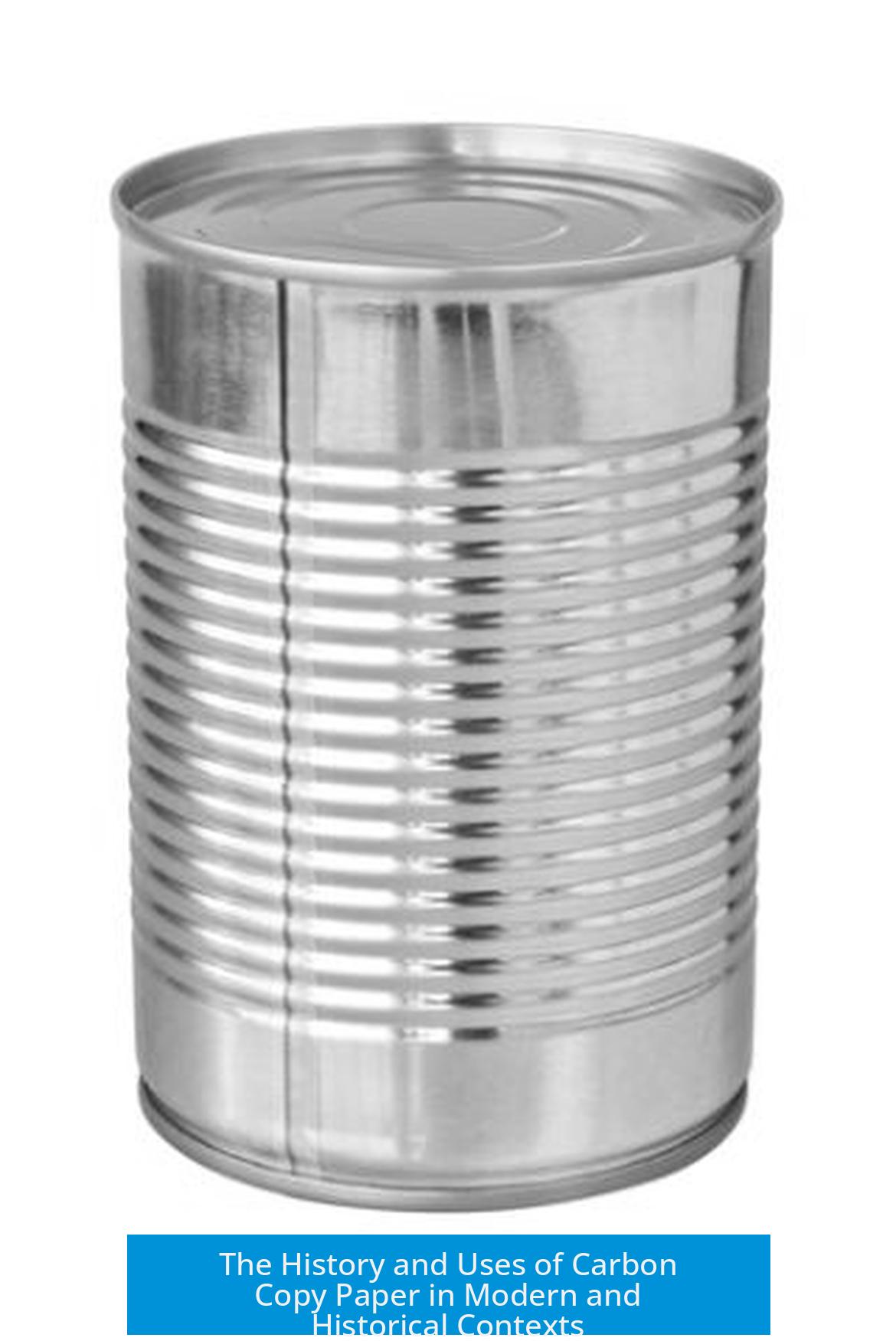
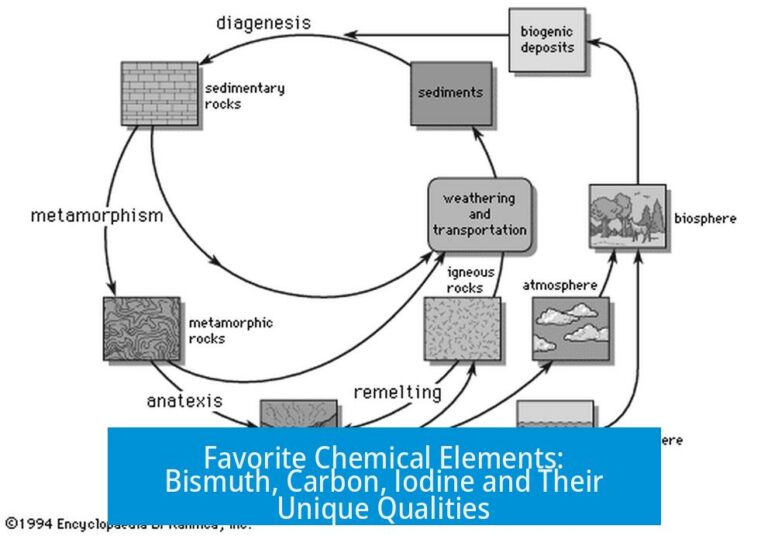

Leave a Comment